by Penny Pawl, UC Master Gardener of Napa County
I often visit a Facebook page for people who share an interest in building and using greenhouses. I read about how they are building them and what plants they may be growing in their greenhouse, depending on where they live. Heating is a subject that comes up a lot as many people are in climates much colder than ours. An electrical connection is a must to run any fans, cloners, heat mats and lights.
A hothouse and a greenhouse are pretty much the same thing. A lot of people are interested in building greenhouses to help in growing their own food. And some people are planting crops in them.
In the Napa Valley, we can get by without having to add a heat source to our greenhouses. In colder climates, heaters can be propane, wood and heat-generating compost. One house I saw online had a solar heater.
I have a passive solar greenhouse and it works well for me. Over the years I have experimented with different ways to keep it warm. For a passive solar greenhouse, heat is gathered during the day and given off at night when temperatures drop.
Passive solar greenhouses come in many designs but do not have an alternative heat source. Elements in the greenhouse collect heat during the day and give it off at night to keep temperatures above freezing.
My greenhouse has a wooden frame connected to cement blocks sunk into the soil. This makes the structure stable so it will not fly around in a strong wind. Some greenhouses built from kits are not attached to the soil, and a strong wind can pick them up and move them. Since I live in a flood zone, I don't want my greenhouse floating away.
I learned the hard way that all the wood should be whitewashed with paint. Carpenter bees love to make nests in open wood; they weakened my first greenhouse. The shelves are unpainted redwood.
The floor is a heat sink of 12 inches of gravel with used fireplace bricks placed on top for walking on. The shelving is high enough to accommodate six 55-gallon plastic tanks full of water lying on their sides underneath. The floor and tanks gather heat during the day and give it off at night.
I do keep a thermometer in the greenhouse that registers the temperature highs and lows each day. I keep three tubs of water in there and have several 5-gallon cans full of water. Because it gets so warm in the summer, I don't keep plants in the greenhouse, but instead use it to dry used soils and also my stash of seeds for the next year.
The greenhouse has two vents which I can open if it gets too warm, plus I often leave the door open during the day. Because birds were flying in, I hung a sheet of screening over the doorway. In addition, I have two grow lights and a shop light on a timer which goes on at dusk and off in the morning. All these features add to the warmth of the house.
The sides and roof are made of 2-ply twin wall plastic. In some areas I have the twin wall on the outside wall and also on the interior wall which enhances the heat collection. These twin wall panels are probably close to 25 years old and may need replacing soon.
Some people gather old windows and build a greenhouse using them. Some of the designs I see online are clever and unique. If you use polyurethane sheeting, it will have to be replaced more often.
If you decide to build a greenhouse, be sure to do a lot of research. Just what plants do you plan to put in the greenhouse? Will you try to grow crops?
You can find a lot of information online for different climates. Also study the information provided by manufacturers. Decide if you want to keep plants in the greenhouse over the winter or simply use it for seedlings for your summer garden. I even saw a greenhouse online with a crystal chandelier, so be inventive and build a greenhouse customized for you.
Food Growing Forum: Second Sunday of the month through November. Sunday, April 11, 3 pm to 4 pm: “Tomatoes, Peppers and Eggplants.” Register to get Zoom link: https://bit.ly/3lC3qs8
Got Garden Questions? Contact our Help Desk. The team is working remotely so please submit your questions through our diagnosis form, sending any photos to mastergardeners@countyofnapa.org or leave a detailed message at 707- 253-4143. A Master Gardener will get back to you by phone or email.
For more information visit http://napamg.ucanr.edu or find us on Facebook or Instagram, UC Master Gardeners of Napa County.
Attached Images:
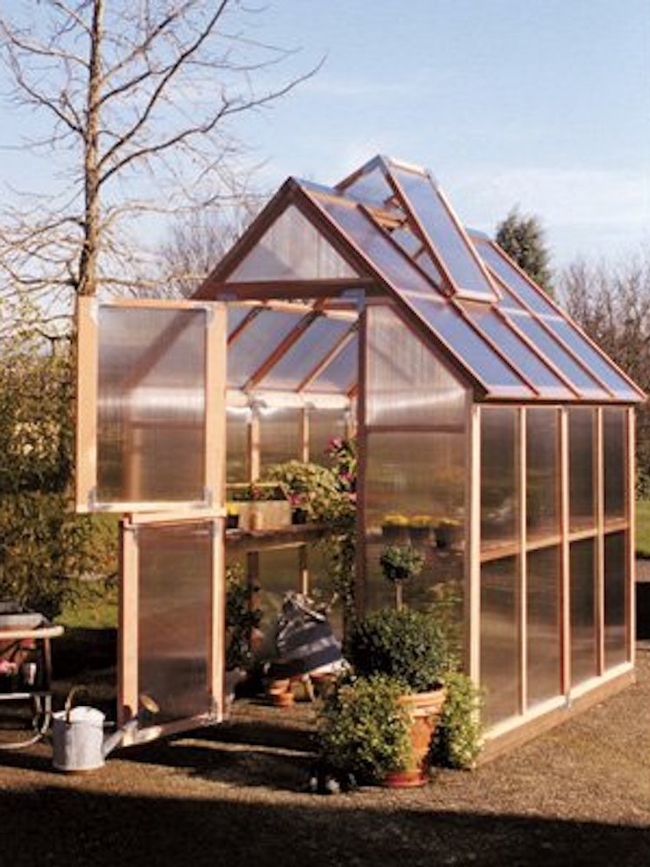
Greenhouse. (bobvila.com)
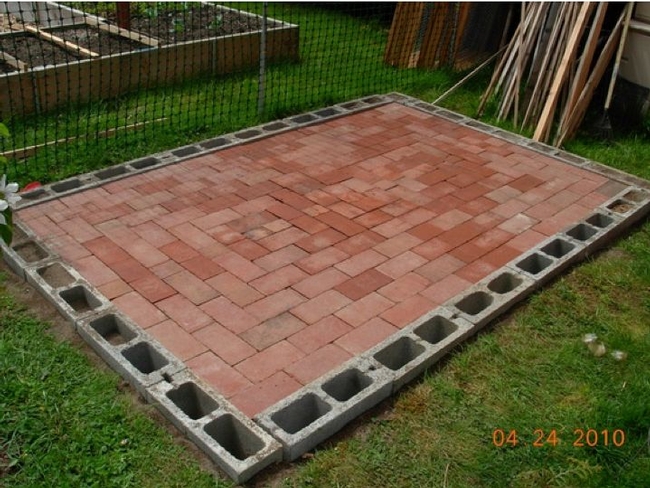
Greenhouse base. (valentineallcorn.blogspot.com)
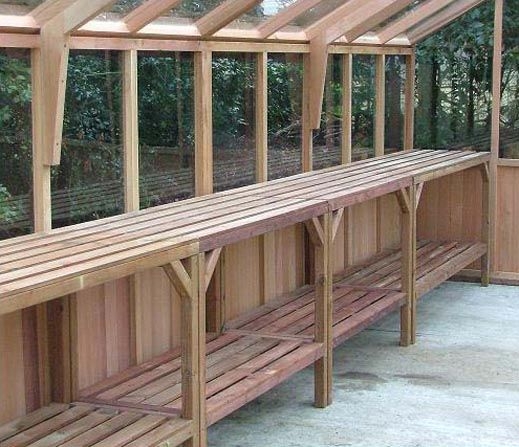
Greenhouse shelves. (pinterest.ca)
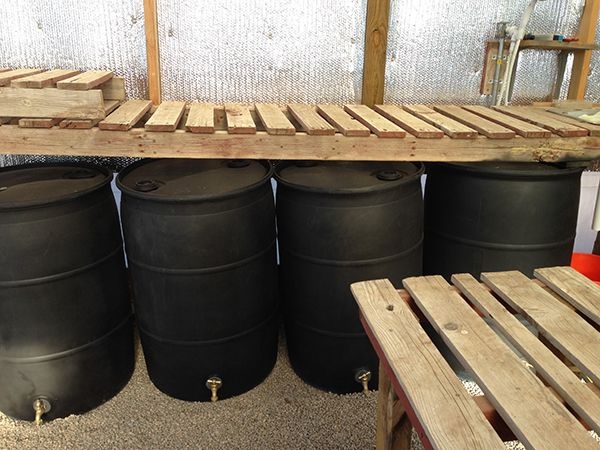
Using water barrels for heat retention. (pinterest.com)
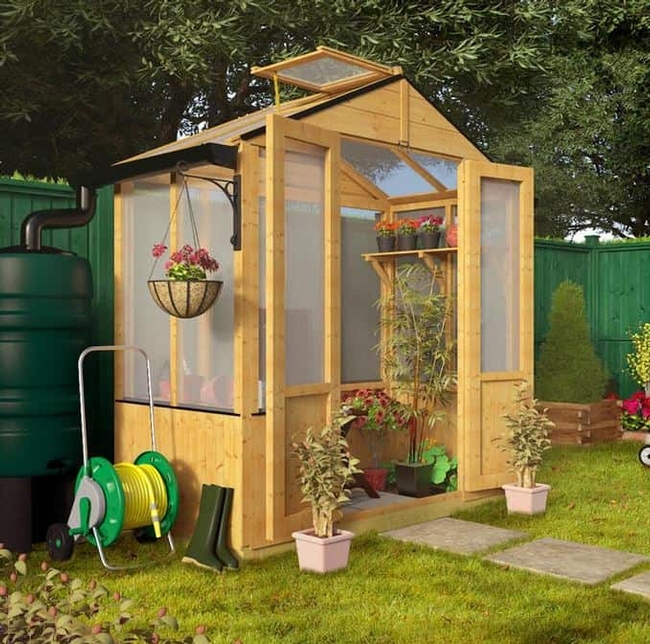
Showing GH vents. (whatshed.co.uk)
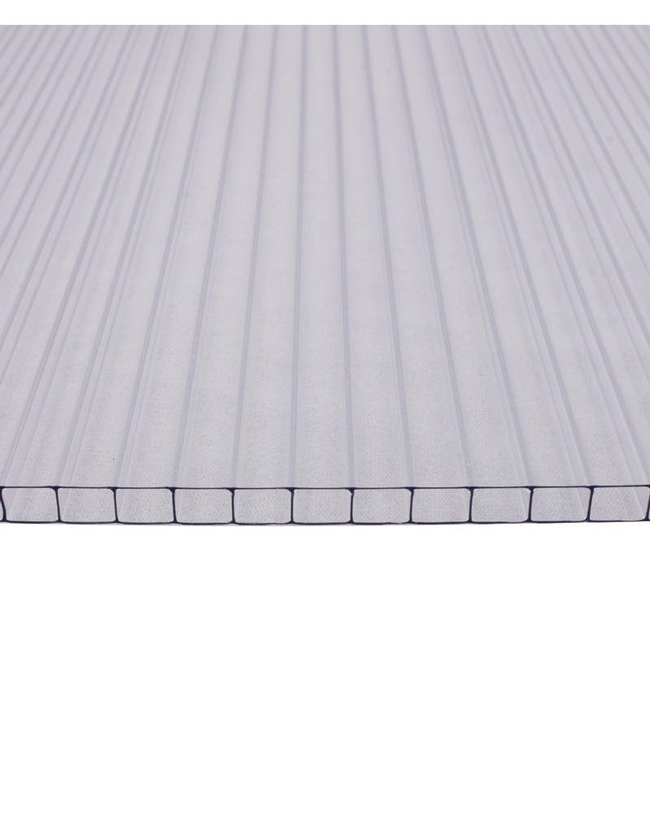
Twin wall polycarbonate for greenhouse walls. (pinterest.com)
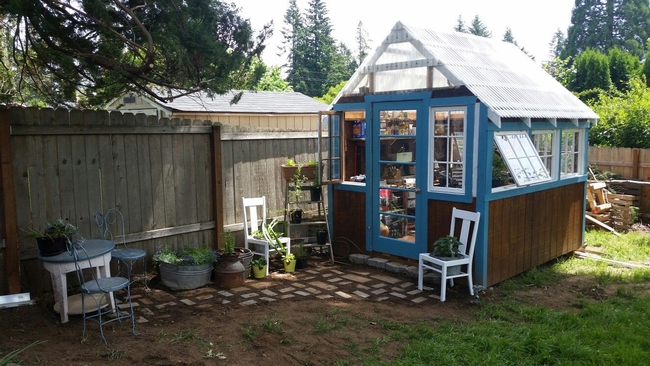
Greenhouse made with old windows and polycarbonate roof. (pinterest.com)
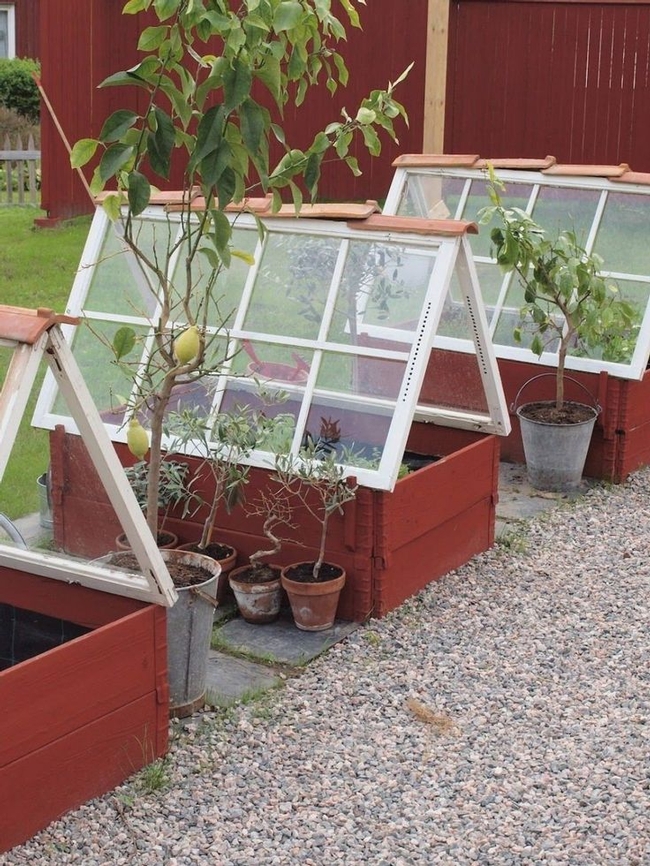
Cold frames, like a greenhouse only smaller. (pinterest.com)
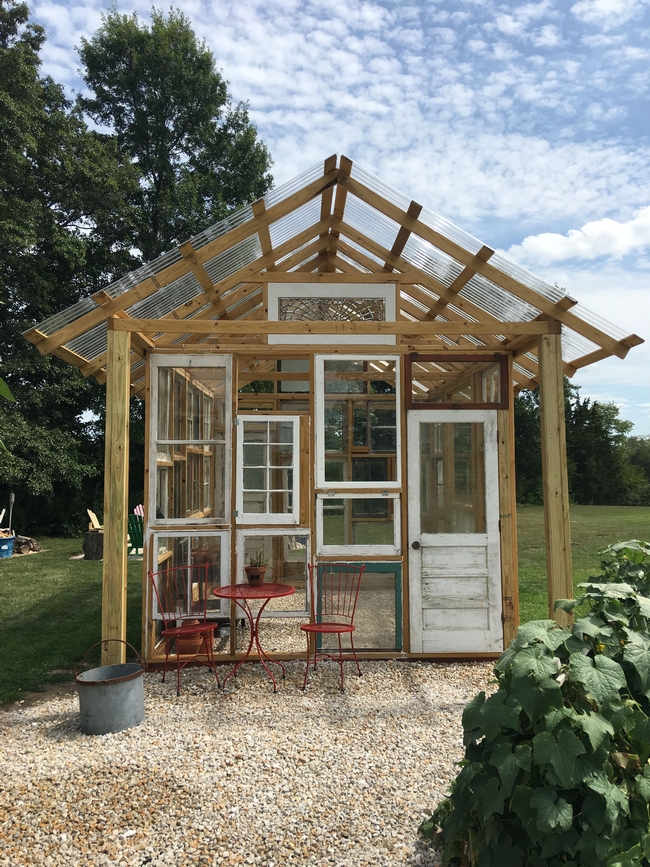
The art of upcycling! (pinterest.com)